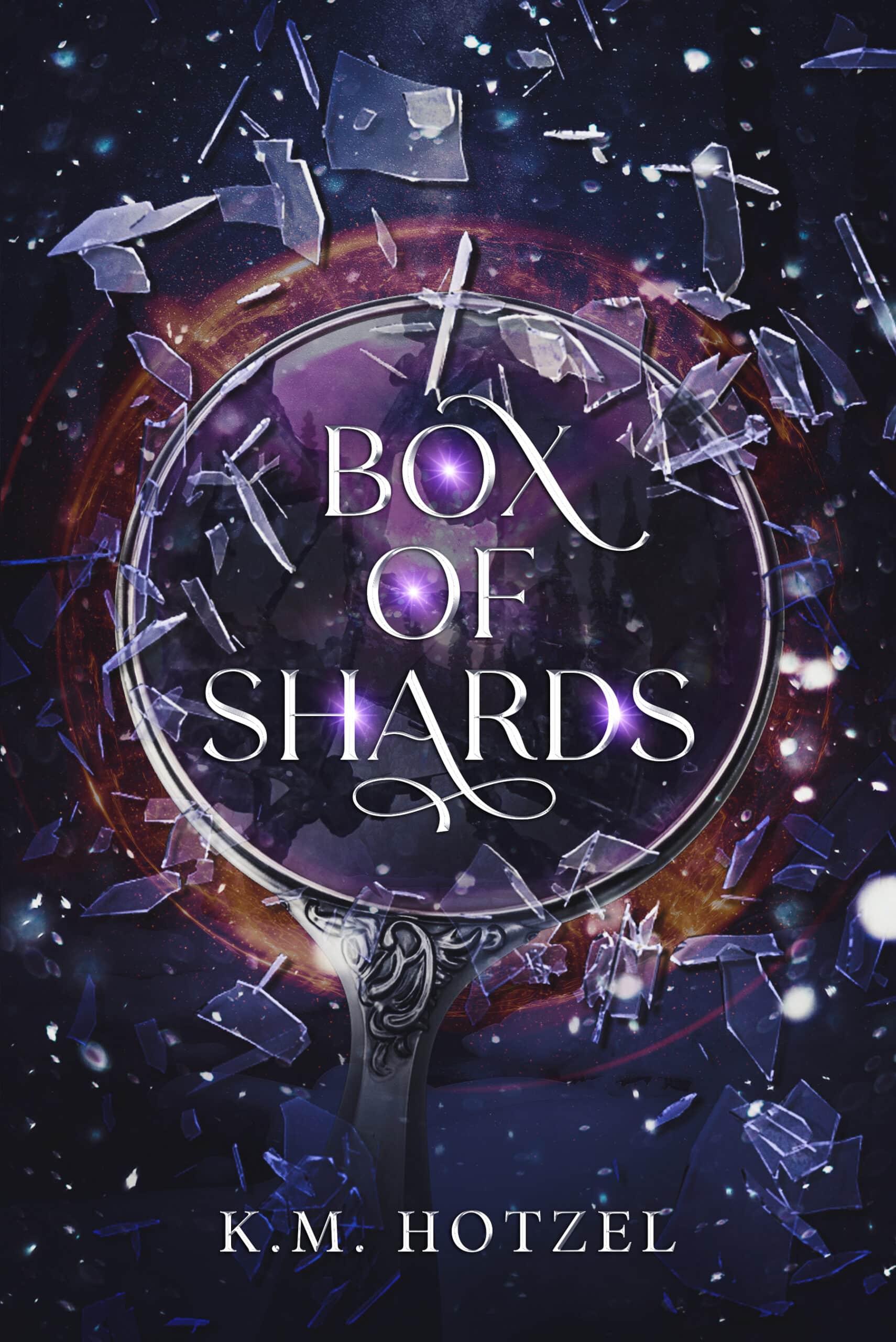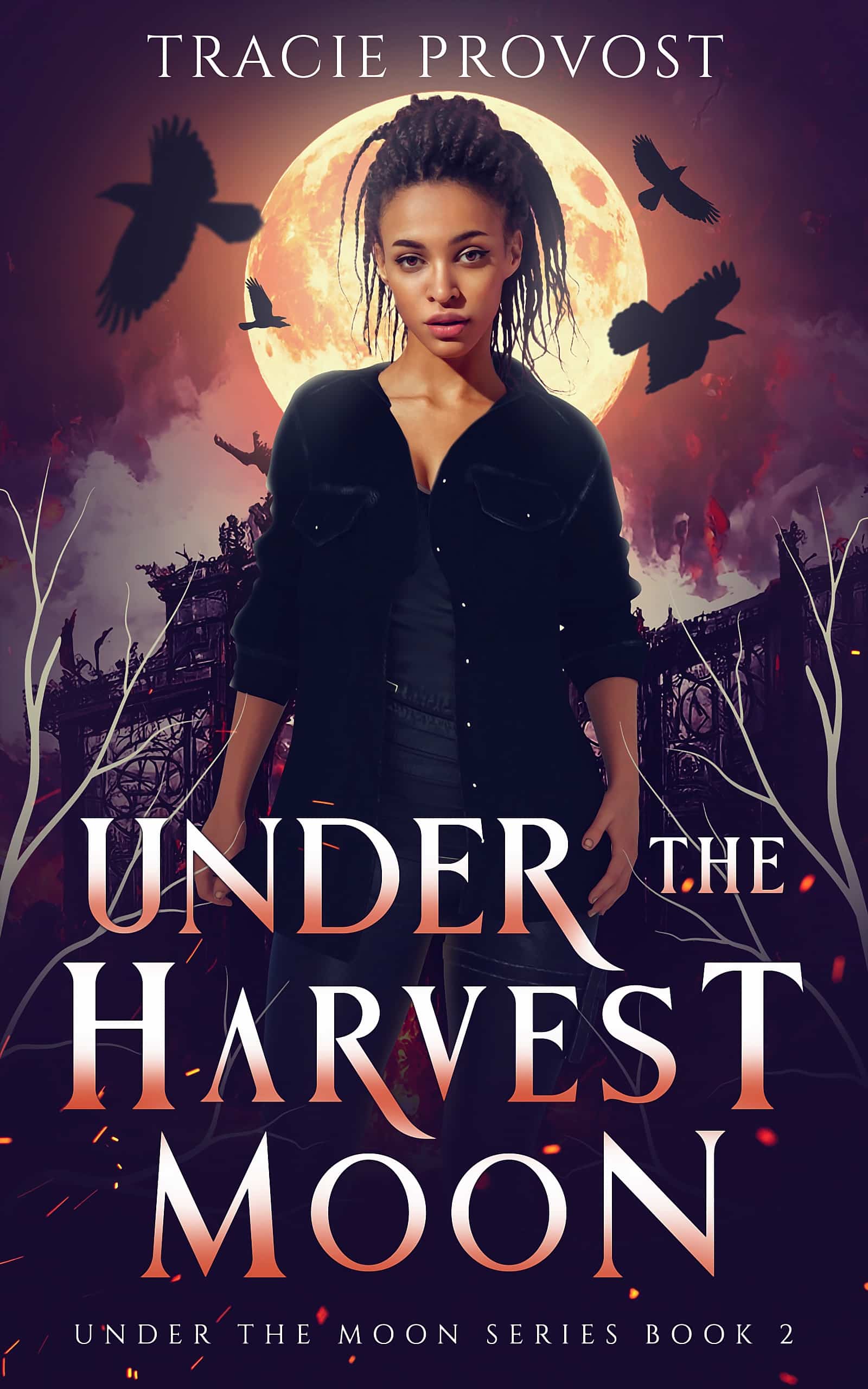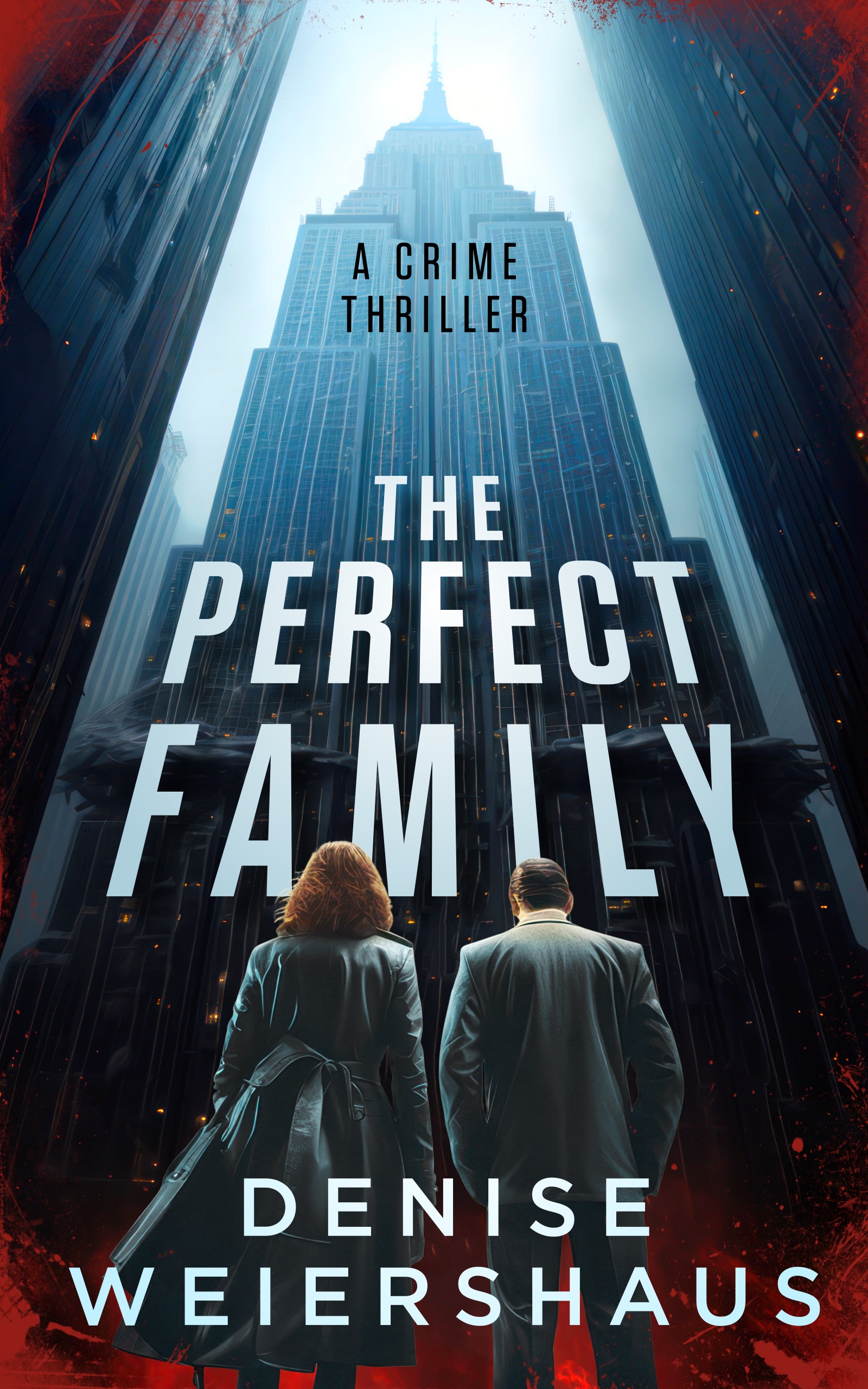My sister is in San Francisco this week, scouting the area, making connections, and hopefully moving in the next few months. My parents and I have shared that we would be very surprised if she was still in Pittsburgh come Halloween. She's been to the Bay area a few times and has loved it, and I honestly think she'd do really well there. I also selfishly want to go to California to visit her (as I'm sure my parents do as well). Who doesn't love California?
The reason I think she'd do so well out there is that she has the creative mind that seems to thrive in San Francisco. She's been drawing in the Japanese manga/anime style since she was about 6 years old and loves it. She was an art and Japanese studies double major in college, and she's constantly creating characters and working on stories that she mocks up in graphic novel style. Part of her creative process is the storyboarding of her plot before she gets too far into the process so she has a sense of direction for where she's going.
Storyboards are visual organizers primarily used for pre-visualizing animated films or other forms of visual media. They got their start as we know them at Walt Disney Studios back in the 1930s when they were used to tell the story of animated shorts without all of the individual hand-drawn cels being necessary. The practice spread as animation studios popped up, and was adopted into live-action film development in the 1940s. To this day, most shorts and feature films are still storyboarded to get conceptualization down before the film crew gets to work.
But you're an individual of literature! Why should you worry about storyboarding?
Taking a step away from your text to sketch the action and storyboard a scene can give your brain a chance to create in an alternative medium. If you respond well to visuals, the sketching element of the storyboarding process can give you a new perspective on approaching your story. Plus, sometimes drawing is just fun.
Storyboarding doesn't have to be anything elaborate or fancy either. Stick figures will suffice if you're really not confident in your illustrative abilities. But the process of making something visual will give your brain a break from the written word, and will also give you the chance to see what your big climactic scene will look like in case a major film studio happens to buy the rights to your book.
PRACTICE
This is a two-session practice. For the first session, storyboard a new scene from your current work in progress. In session two, use the storyboard to write the illustrated scene. Add the details and language that would be missing from an illustration. Post your final product in the comments and leave notes for your fellow writers.
Liz Bureman has a more-than-healthy interest in proper grammatical structure, accurate spelling, and the underappreciated semicolon. When she's not diagramming sentences and reading blogs about how terribly written the Twilight series is, she edits for the Write Practice, causes trouble in Denver, and plays guitar very slowly and poorly. You can follow her on Twitter (@epbure), where she tweets more about music of the mid-90s than writing.



Nice post, this is something I can relate to as I am working on a graphic novel. I am really good with visualization and scripting but have a harder time describing things in pure writing form. Here is a random page from the story (work in progress):
Panel 1: Adora’s father hold’s the rifle steady
Father: Steady…steady…pronghorns are great runners Adora. You want to make sure
your within range.
Panel 2: A group of pronghorns are seen on the horizon, eating the sagebrush nearby.
Panel 3: Close up of Adora’s hand cocking the rifle. Sound is made “Click”
Adora: I’m ready.
Panel 4: An established shot of one pronghorn antelope. He is cautious.
Panel 5: Close up of side of pronghorn’s face.
Panel 6: Front close up of Adora pointing rifle towards reader. She is sweating.
Thats how I do the scripting then the storyboard then the final art. Hope this helps somewhat.
Great post! A cross-discipline process can solve a LOT of problems. Sadly, too few people have the guts to try it.
I haven’t read this all the way because I have gotten busy, but whatever it is I will so try it!
OK, I posted a one sentence summation. It was up when I posted hours ago. What do you suppose caused it to be removed?
I started this process only recently. I’m not a visual person so I tend to summarize each scene using words…even though I try to sketch some things such as the characteri’s bedroom before describing the setting using text. I use different colored post-its on A 4 papers. One post-it per chapter. Thanks for the post!
I feel I’m nearly done with the scripting of the first book of my series but their is a slight problem in the middle of the story which will be important to character development later on. I’m working my way through the scenes and dialogue but something doesn’t feel right. Here it is:
(I have this guy who owns a store and he has to pay off a debt with a local tribe who has threatened him.The protagonist is in need of food but has no money to buy bullets. The store owner realizes the potential of the protagonist. The store owner has an assistant who will accompany her to hunt and help the store owner pay off this debt.)
It feels like this is shoehorned in a bit but I’m trying to make it feel a little more convincing for the protagonist to do this deed for the store owner. The store owner is a greedy man. I’m not quite sure how to set this scene up properly.